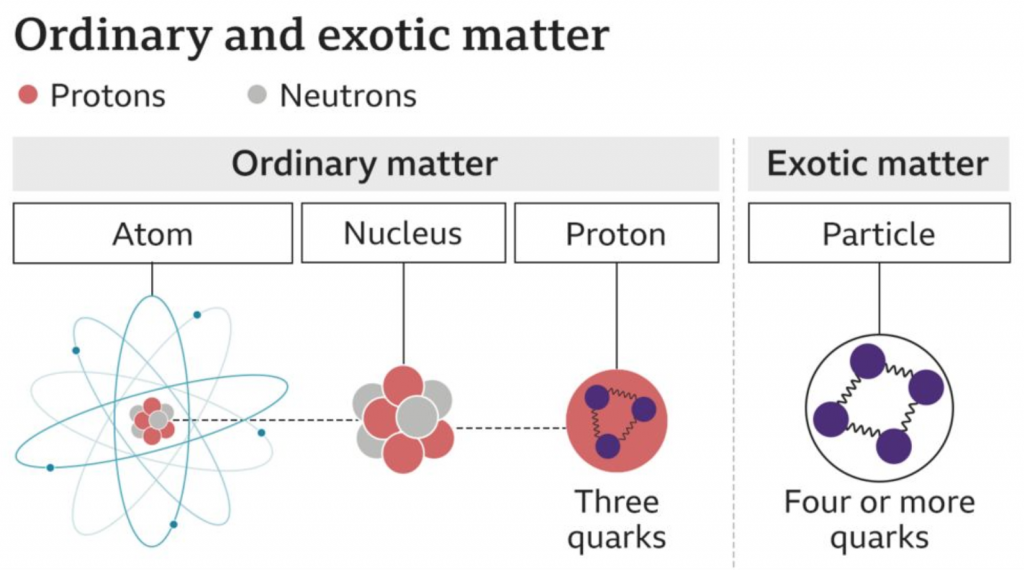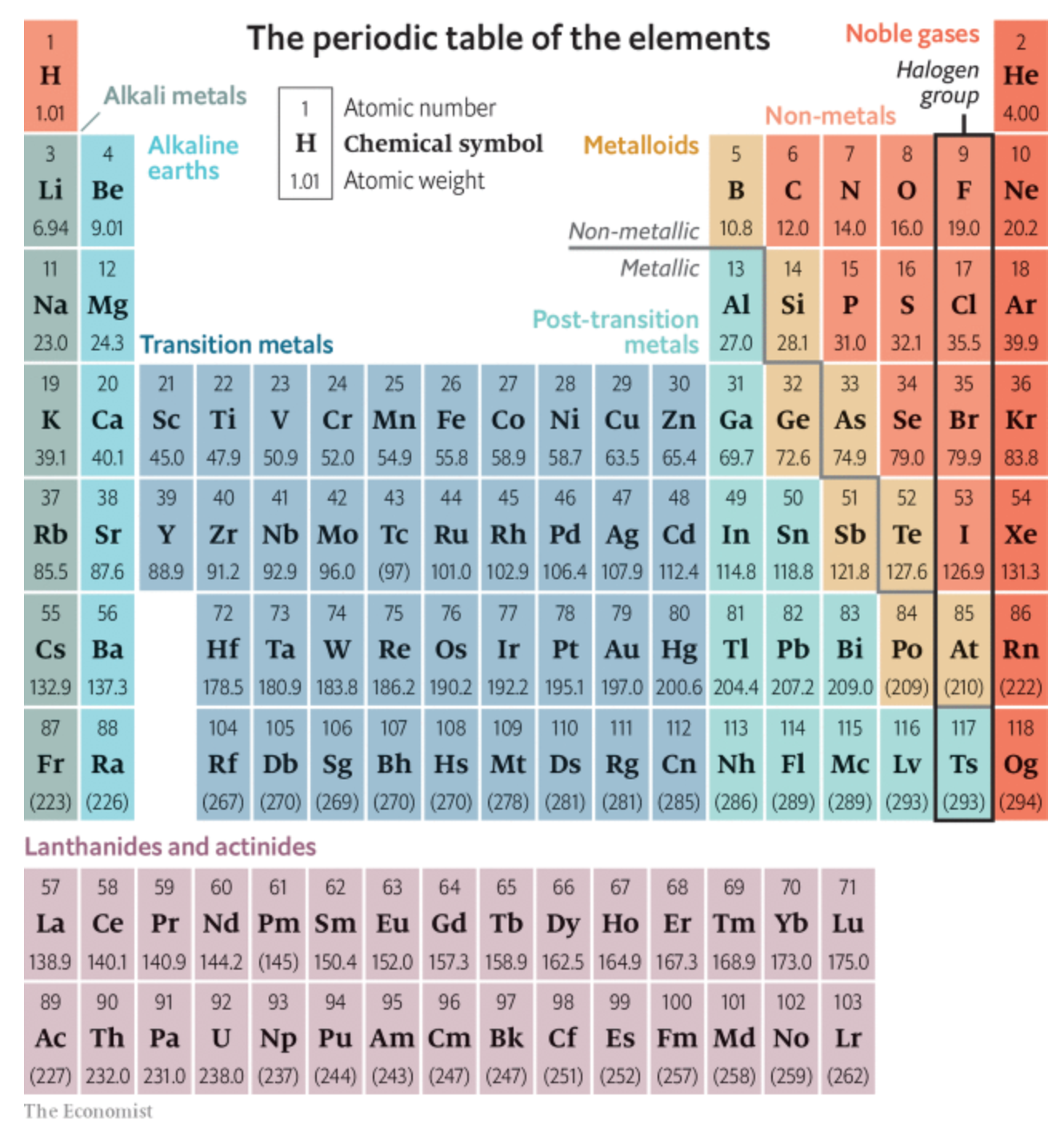Last week scientists working at the Large Hadron Collider in Switzerland announced the discovery of new sub-atomic particles: a pentaquark and tetraquarks. This BBC article does a really good job of explaining the role of quarks in the composition of our universe, so I encourage you to read the article.
But they also included a graphic to show how quarks relate to atoms. It’s a simple illustration, but it does a great job.

Sometimes great and informative graphics can be simple. They needn’t be flashy or over-designed. I could quibble about the depiction of the electron cloud around the nucleus, but it’s not terrible.
Credit for the piece goes to the BBC graphics department.


